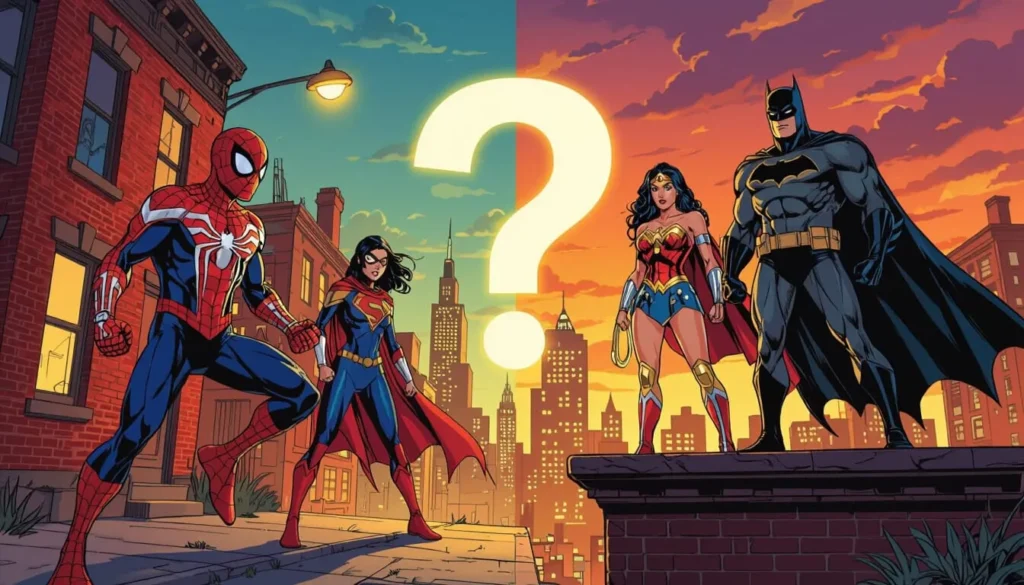
Marvel vs DC: Which Universe Is Better for Beginners? (Comparison)
Table of Contents
Table of Contents
The Ultimate Showdown for First-Time Fans
When it comes to superhero storytelling, there are two titans that dominate the landscape: Marvel and DC. For decades, these rival comic book universes have shaped pop culture, produced iconic characters, and built sprawling mythologies that extend far beyond the printed page. From blockbuster films and binge-worthy TV shows to bestselling graphic novels and collectibles, Marvel and DC have become cultural institutions—each with its own philosophy, tone, and loyal fandom.
But if you’re a beginner—someone just stepping into the world of capes, crusaders, and cosmic conflicts—the choice between Marvel and DC can feel overwhelming. Which universe is easier to understand? Which heroes will you connect with? Should you start with comics, or dive straight into the movies? And is one better suited for newcomers than the other?
This guide is designed to answer those questions. We’ll break down the differences between Marvel and DC across storytelling, tone, accessibility, continuity, and media experience. Whether you’re a curious reader, a movie fan dipping your toes into comics, or someone looking for an epic new fandom to explore, this side-by-side comparison will help you decide where your superhero journey should begin.
By the end of this article, you’ll have a clear sense of:
- How Marvel and DC approach storytelling and characters
- Which universe offers a smoother on-ramp for first-time fans
- The best starting points across comics, movies, and animated series
Let’s dive into the multiversal tug-of-war that has defined modern heroism—and find out which side might be the better fit for you.
1. Storytelling Approach & Tone
Marvel: Grounded Drama with a Human Core
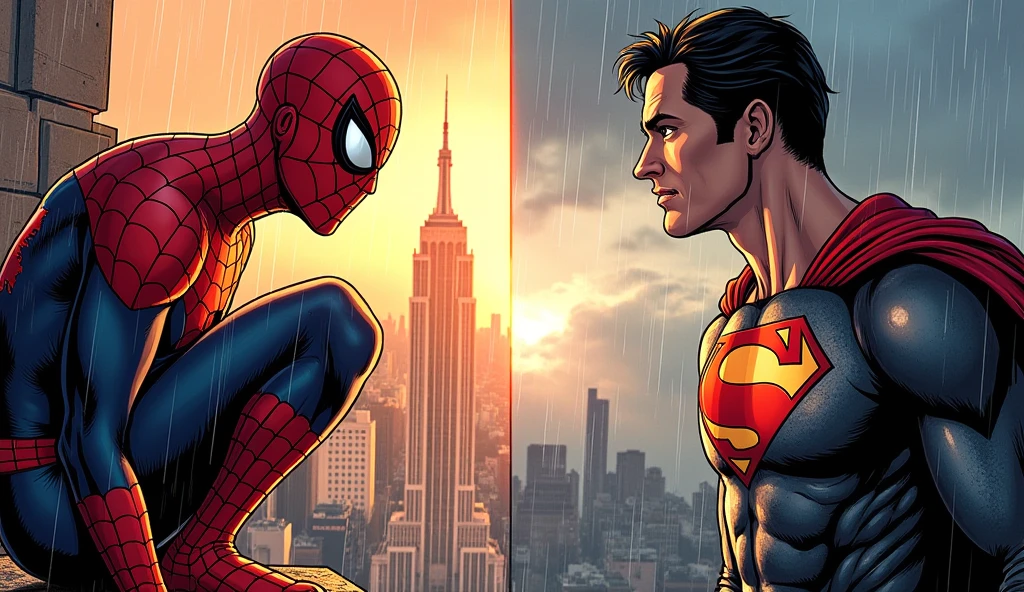
Marvel’s storytelling thrives on relatability. Its heroes often live in real-world cities—most famously, New York—and deal with real-world problems. Spider-Man juggles school, rent, and superhero duty. The X-Men fight both supervillains and societal discrimination. Tony Stark may have a flying suit, but he also has PTSD and addiction struggles.
This grounded approach creates a tone that blends drama, action, and humor. The Marvel universe feels lived-in and emotional, where even the most powerful characters are flawed, vulnerable, and trying to do their best in a complicated world.
Another hallmark of Marvel storytelling is its strong sense of continuity. Most stories exist within a cohesive universe, meaning character arcs evolve across multiple titles and timelines intersect regularly. While this offers deep narrative payoffs, it can also require a bit more investment to keep up with the bigger picture.
Marvel’s style is ideal if you enjoy:
- Everyday struggles mixed with superpowers
- Humor and heart in equal measure
- Stories that feel like a long-running Netflix drama, with overlapping episodes and crossovers
DC: Myth, Symbolism, and Epic Stakes
DC Comics leans into grandeur. Its heroes are icons first—modern myths crafted with archetypal weight. Superman isn’t just a hero; he’s a symbol of hope. Batman isn’t just a man in a cape; he’s the embodiment of justice through fear. Wonder Woman isn’t just a warrior; she’s truth given form.
Set in fictional cities like Gotham and Metropolis, DC’s stories often embrace a darker, more symbolic tone. They read like timeless epics, not street-level dramas. Where Marvel zooms in on the person under the mask, DC often zooms out to show the legend they represent.
DC’s storytelling is also more flexible. While major reboots like Crisis on Infinite Earths reshape the universe, many acclaimed stories stand on their own. You can pick up The Dark Knight Returns or Superman: Red Son without needing extensive background—and still get a complete, satisfying experience.
DC’s style is ideal if you enjoy:
- Timeless, mythic storytelling
- Heroes who inspire awe more than empathy
- Big themes like destiny, justice, and sacrifice
Marvel vs DC: Tone at a Glance
| Element | Marvel | DC |
| Setting | Real cities (NYC, Chicago) | Fictional cities (Gotham, Metropolis) |
| Hero Archetype | Flawed, human, reactive | Symbolic, iconic, proactive |
| Tone | Relatable, humorous, emotional | Aspirational, epic, sometimes darker |
| Narrative Style | Interconnected, long-form arcs | Standalone or alternate-universe stories |
Reader Insight: Are You Team Grounded or Team Godlike?
Quick self-check:
- Do you enjoy characters struggling with everyday problems? → You might lean Marvel.
- Do you prefer tales that feel like modern mythology? → DC could be your gateway.
Next: Let’s look at the heroes themselves—and how easy (or intimidating) they are to get to know.
2. Character Accessibility
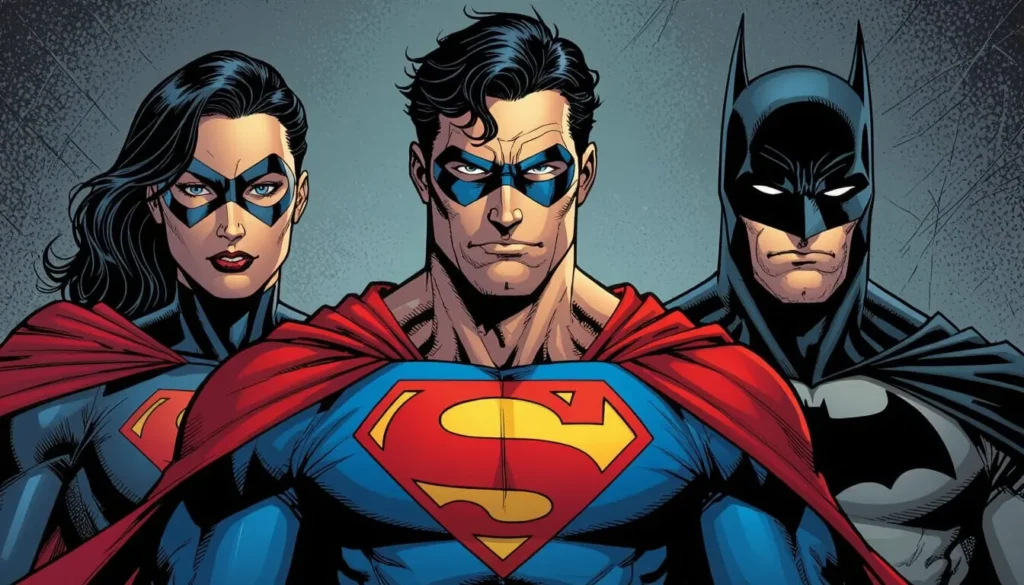
Marvel: Heroes Who Feel Like People You Know
Marvel’s characters are built on emotional accessibility. Many of its heroes live in the spotlight, often revealing their identities to the world—or at least carrying the weight of public perception. Think of Tony Stark proudly declaring “I am Iron Man” or the X-Men being hunted for simply existing.
These characters often deal with real-world social issues. The X-Men’s ongoing battle with prejudice mirrors civil rights struggles. Spider-Man grapples with guilt, financial insecurity, and the pressure of responsibility. Ms. Marvel’s story explores faith, family, and cultural identity. These aren’t just caped adventurers—they’re fully human characters you could imagine walking down your street.
There’s also a youthful energy to many Marvel heroes. They’re often students, young professionals, or people caught between worlds. That energy resonates with younger readers or anyone craving characters who feel contemporary, conflicted, and deeply human.
Marvel accessibility highlights:
- Personal problems = narrative drive
- Diversity and identity at the forefront
- Many heroes grow with the audience
DC: Icons Larger Than Life, Yet Rooted in Purpose
DC heroes, by contrast, tend to live behind masks—both literally and figuratively. Secret identities are sacred. Clark Kent, Bruce Wayne, Diana Prince… they all navigate dual roles that distance them from the public and, often, the reader. But this doesn’t make them inaccessible—it makes them aspirational.
These are characters designed to inspire, not mirror. Superman is a moral compass. Wonder Woman is a warrior diplomat. Batman is justice incarnate. They operate with godlike grace, making choices that shape worlds, not just city blocks.
That said, DC characters still struggle—but their struggles are often epic in scale. Bruce Wayne wrestles with trauma and legacy. Clark Kent tries to balance human empathy with alien responsibility. Their arcs may not mirror everyday life, but they tap into universal truths.
DC accessibility highlights:
- Characters as ideals and mentors
- Secret identities create mystique
- Accessible through timeless themes: justice, hope, duty
Character Accessibility at a Glance
| Feature | Marvel | DC |
| Identity Style | Public or semi-public | Secret, protected identities |
| Struggles | Personal, social, emotional | Philosophical, moral, symbolic |
| Tone | Down-to-earth, familiar | Aspirational, mythic |
| Entry Point | Through relatability and vulnerability | Through awe and symbolic resonance |
Which Hero Can You Relate To?
Let’s spotlight two fan-favorite heroes who embody the differences in accessibility:
Peter Parker (Spider-Man)
- Broke teenager juggling school, rent, and guilt
- Struggles to do the right thing with limited power
- You root with him because you’ve been him
Bruce Wayne (Batman)
- Billionaire orphan driven by personal trauma
- Mastermind, detective, strategist, symbol of fear
- You look up to him because he represents the ultimate self-mastery
Bottom Line:
If you want to feel seen, Marvel is full of characters that echo real emotions and dilemmas.
If you want to be inspired, DC’s heroes offer a path to something greater than yourself.
Next, let’s explore how each universe structures its world—and whether continuity is your friend or foe.
3. Universe Structure & Continuity
Marvel: A Living, Breathing Narrative Tapestry
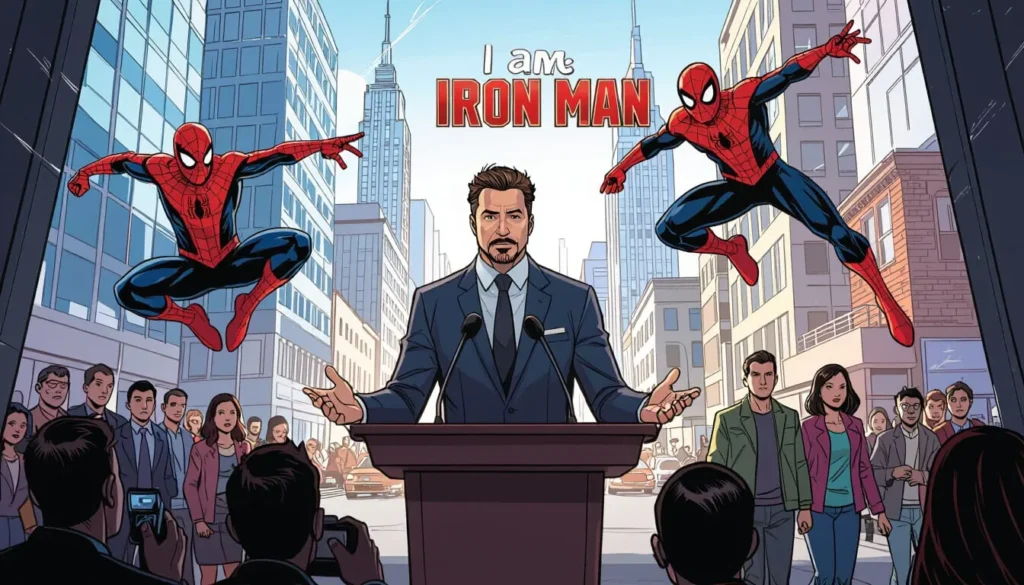
Marvel’s universe is famously interconnected. Since the 1960s, most of its stories have unfolded within a shared, evolving continuity—meaning what happens in one series can ripple into another. If Spider-Man fights alongside the Avengers in one issue, that team-up may echo through both books for years.
This cohesive structure is a double-edged sword for newcomers. On one hand, it creates an immersive experience where everything feels connected and alive. On the other, it can feel like stepping into the middle of a decades-long conversation.
The good news? Marvel has made a concerted effort to create jumping-on points with new volumes, reboots, and accessible story arcs. Series like Ultimate Spider-Man, Ms. Marvel, or Avengers (2018) offer clear entry points without requiring deep background knowledge. If you’re willing to follow the threads, Marvel rewards you with a rich, consistent world that grows with each book.
Marvel continuity traits:
- Events ripple across titles (e.g., Civil War, Secret Invasion)
- Characters evolve over time within a consistent world
- Requires attention, but offers deep rewards
DC: Epic Reboots and Standalone Classics
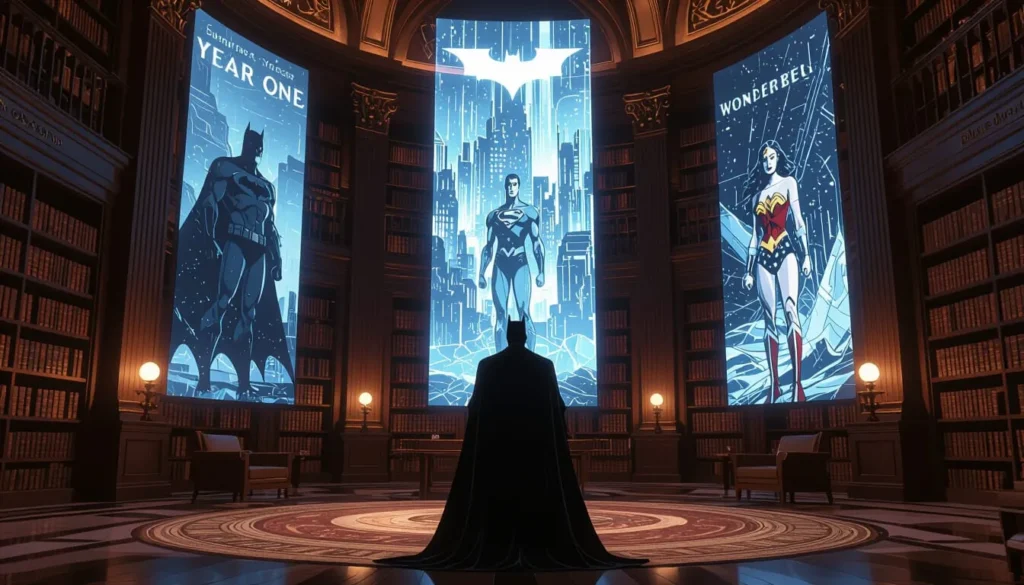
DC takes a different path. Rather than a single, linear timeline, DC operates on a multiverse model—a framework that allows for alternate realities, timeline resets, and major reboots. Every few years, events like Crisis on Infinite Earths, Flashpoint, or Rebirth rewrite the rules, offering fresh starts for both characters and readers.
While this can be confusing if you’re trying to track exact continuity, it also means that standalone stories thrive. You don’t need to read 100 issues to appreciate Batman: Year One, Superman: Red Son, or Wonder Woman: The Hiketeia. These self-contained tales deliver complete arcs with little to no background reading.
In short, DC’s approach is ideal for readers who prefer bite-sized brilliance over marathon arcs. The universe might reset, but the core themes stay constant—and the barrier to entry stays low.
DC continuity traits:
- Universe resets = flexible storytelling
- Standalone graphic novels are highly accessible
- Continuity can be optional, not essential
Continuity Headache Meter: Mild vs Mythic
| Universe | Continuity Style | Accessibility | Reader Commitment |
| Marvel | Ongoing, interconnected | Moderate–High | Medium to High |
| DC | Multiverse, frequent reboots | High | Low to Medium |
Which Structure Works Best for You?
- If you love long-term storytelling, callbacks, and character evolution → Marvel delivers a true serial universe.
- If you prefer dipping in and out with iconic, complete stories → DC’s graphic novel library is your best friend.
4. Team Dynamics & Iconic Lineups
Superhero teams are the lifeblood of both universes—bringing characters together to tackle world-ending threats, personal rivalries, and complex moral dilemmas. But the types of stories these teams tell—and how approachable they are for newcomers—differ greatly between Marvel and DC.
Let’s break it down, quick-fire style:
Marvel Teams: Found Families, Flawed Heroes, Social Struggles
● The Avengers
Earth’s Mightiest Heroes—often a mix of heavy-hitters (Iron Man, Thor, Captain America) and street-level fighters (Hawkeye, Black Widow).
Story Themes: Unity in diversity, leadership clashes, global crises
Great for Beginners:
- Avengers (2018) by Jason Aaron
- Avengers: Disassembled
- The Ultimates (modern, cinematic style)
● X-Men
Mutants fighting for acceptance in a world that fears them. A metaphor-rich, emotionally powerful saga of civil rights, identity, and chosen family.
Story Themes: Prejudice, legacy, generational struggle
Great for Beginners:
- X-Men: God Loves, Man Kills
- Astonishing X-Men by Joss Whedon
- X-Men: Grand Design (accessible history recap)
● Fantastic Four
Marvel’s first family—explorers, inventors, and cosmic adventurers navigating super-science and personal bonds.
Story Themes: Family, science fiction, exploration
Great for Beginners:
- Fantastic Four: The Fall of Galactus
- Fantastic Four: Life Story
- Ultimate Fantastic Four (fresh modern intro)
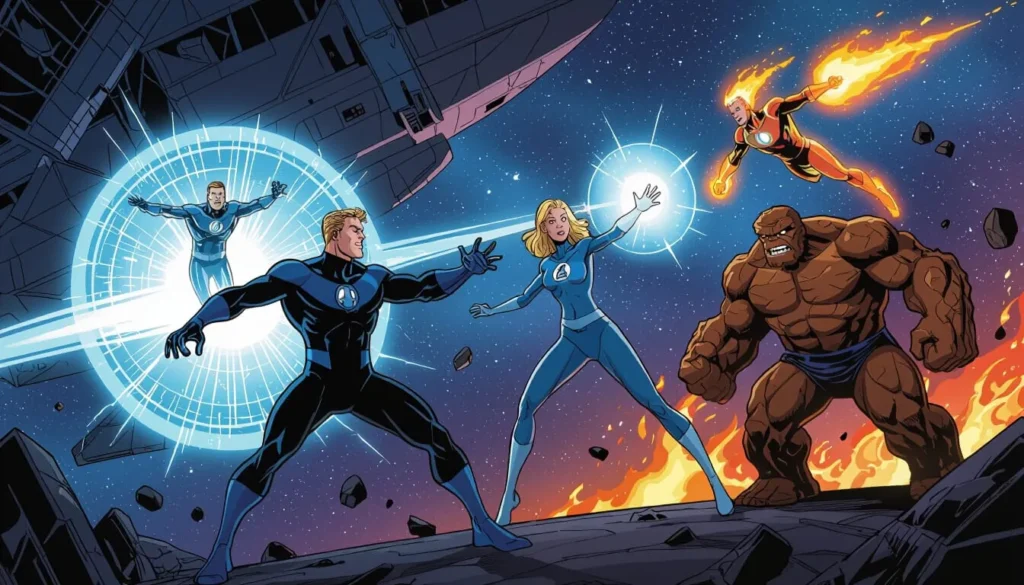
DC Teams: Icons in Formation, Powerhouses Facing Existential Threats
● Justice League
DC’s all-star lineup—Superman, Batman, Wonder Woman, Flash, Green Lantern, and more. Gods among mortals, facing multiverse-level threats.
Story Themes: Power, responsibility, cosmic balance
Great for Beginners:
- Justice League: Origin (New 52 reboot by Geoff Johns)
- Tower of Babel
- Justice League: The Animated Series (gateway show)
● Teen Titans
A younger generation of heroes forging their identities outside their mentors’ shadows. High on emotion, friendships, and drama.
Story Themes: Coming of age, identity, trust
Great for Beginners:
- The Judas Contract
- Teen Titans: A Kid’s Game
- Teen Titans Go! (lighthearted intro for all ages)
● Suicide Squad
Anti-heroes and villains forced into black-ops government missions. Explosive, unpredictable, and morally gray.
Story Themes: Redemption, manipulation, moral ambiguity
Great for Beginners:
- Suicide Squad (New 52) Vol. 1: Kicked in the Teeth
- Suicide Squad: Bad Blood
- Suicide Squad (1987) by John Ostrander
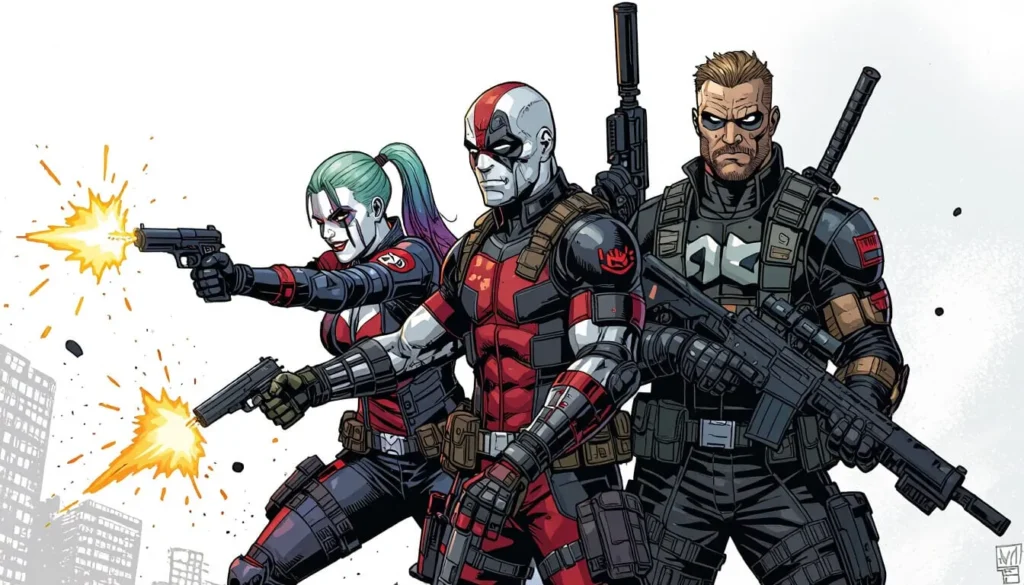
Marvel vs DC Team Dynamics at a Glance
| Feature | Marvel Teams | DC Teams |
| Core Theme | Found family, emotional complexity | Power, legacy, mythic responsibility |
| Tone | Gritty realism, social metaphor | Larger-than-life spectacle |
| Accessibility | Strong arcs with modern reboots | Excellent animated intros + graphic novels |
| Best Entry Point | X-Men: Astonishing, Avengers (2018) | Justice League: Origin, Teen Titans Go! |
Bottom Line:
- If you like emotionally rich ensembles and flawed but lovable heroes, Marvel’s team books feel like compelling dramas.
- If you want epic confrontations and legendary icons uniting, DC’s team titles will deliver cinematic scale with mythic overtones.
Next up: How do these stories translate to the screen—and which universe offers the smoothest viewing experience for new fans? Let’s head to Hollywood.
5. On-Screen Universes: Movies & TV
For many beginners, the gateway to superheroes isn’t a comic book—it’s the big screen or a binge-worthy animated series. Marvel and DC have both carved out massive cinematic and television universes, but they’ve taken very different paths. Let’s compare how each one introduces new fans to their heroes, tones, and narratives.
Marvel Cinematic Universe (MCU): The Gold Standard of Accessibility
Marvel Studios has built what many consider the most successful, beginner-friendly franchise in modern cinema. Starting with Iron Man in 2008, the MCU has rolled out a meticulously connected story across more than 30 films and streaming series—each building on the last while remaining approachable.
The secret sauce? Humor, heart, and relatability. Even cosmic events are grounded in emotion, personal stakes, and well-defined character arcs. Whether you’re watching Black Panther, Captain America: The Winter Soldier, or Guardians of the Galaxy, you’re getting an accessible slice of a much bigger whole.
Why the MCU is great for newcomers:
- Every major hero gets a clear origin
- Interconnected without being overwhelming—start almost anywhere
- Consistent tone: action, emotion, and sharp writing
Best Entry Points:
- Iron Man (2008) – The beginning of the MCU
- Spider-Man: Homecoming – Grounded, youthful, easy to follow
- Black Panther – A cultural milestone and standalone masterpiece
DC Films and Animation: Bold Choices, Brilliant Moments
DC’s live-action universe has been more fragmented—ranging from Christopher Nolan’s grounded Dark Knight Trilogy to Zack Snyder’s stylized, operatic takes on Superman and the Justice League. While this approach lacks the MCU’s seamlessness, it also creates variety.
You don’t need to follow a strict timeline. You can jump straight into The Batman (2022) or Wonder Woman (2017) without any homework. And DC’s animated content? Arguably unmatched. Series like Batman: The Animated Series or Justice League Unlimited are celebrated by fans and critics alike as definitive versions of the characters.
Why DC’s screen universe works for beginners:
- Standalone films = low commitment, high reward
- Wide tonal range—dark, hopeful, stylized, grounded
- Animated series offer exceptional introductions to core heroes
Best Entry Points:
- Batman Begins (2005) – Gritty and realistic origin story
- Wonder Woman (2017) – Heroic, mythic, emotional
- Batman: Mask of the Phantasm – A perfect animated intro
- Justice League Unlimited – Ensemble storytelling at its best
Best Movie & Show Starting Points: Marvel vs DC
| Format | Marvel Starting Points | DC Starting Points |
| Movie | Iron Man (2008) | Batman Begins (2005) |
| Spider-Man: Homecoming | Wonder Woman (2017) | |
| Black Panther (2018) | The Batman (2022) | |
| Animated Show | What If…? or X-Men: Evolution | Batman: The Animated Series |
| Avengers: Earth’s Mightiest Heroes | Justice League Unlimited | |
| Animated Film | Spider-Man: Into the Spider-Verse | Batman: Mask of the Phantasm |
Bottom Line: Cinematic Entry Paths
- Marvel provides a streamlined, welcoming cinematic experience. It’s practically built for onboarding new fans.
- DC offers high highs in its standalone films and animated series. While the continuity may be looser, the storytelling punch is often stronger per project.
6. Beginner-Friendliness: Summary Comparison Table
After breaking down the core aspects of both universes—storytelling tone, character design, continuity, teams, and media accessibility—it’s time to lay it all out clearly. The table below offers a side-by-side snapshot of how Marvel and DC stack up when it comes to welcoming first-time fans.
| Category | Marvel | DC |
| Story Tone | Relatable, witty, grounded | Mythic, serious, legendary |
| Universe Style | Shared continuity (linear, evolving) | Rebooted multiverse (flexible, alternate versions) |
| Character Relatability | High – flawed, human (e.g., Spider-Man, Ms. Marvel) | Moderate to aspirational (e.g., Superman, Wonder Woman) |
| Best Entry Points | MCU films, Ultimate Spider-Man, Avengers arcs | Standalone graphic novels, Batman: Year One, animated series |
| Ideal For… | Casual fans, younger or modern readers | Fans of epic heroes, mythology, and timeless tales |
At a Glance: Who Should Start Where?
- Choose Marvel if you want emotional storytelling rooted in reality, characters who feel like your peers, and a cinematic world built for newcomers.
- Choose DC if you’re drawn to grandeur, legendary icons, and self-contained stories with mythic weight.
No matter which universe you pick first—you can’t go wrong. The best starting point is the one that sparks your imagination.
Coming up next: Let’s settle the score with a verdict based on your preferences—and recommend a few “first reads” or watches to get started.
7. Verdict: Which Universe Wins for Beginners?
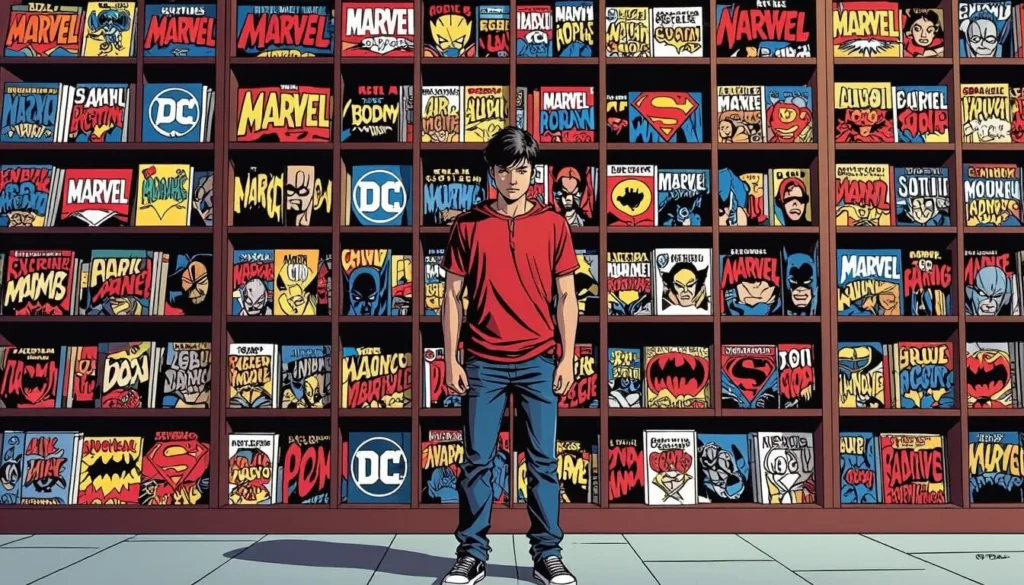
If you’ve made it this far, you already know there’s no wrong answer—just different doors into two towering worlds of storytelling. Marvel and DC both offer unforgettable characters, iconic narratives, and fan communities that span generations. The real question isn’t which universe is better overall. It’s which one speaks to you.
Who Wins… ?
Marvel is best for:
- Moviegoers who want a clear, easy-to-follow viewing path
- Fans of emotionally grounded, slice-of-life storytelling with a superpowered twist
- Readers looking for continuity-rich, modern character arcs that build over time
DC suits:
- Those who prefer timeless, mythic heroes that feel like modern legends
- Fans of epic, standalone stories with moral complexity and grandeur
- Viewers who appreciate animation as a serious form of storytelling
If you’re still unsure? Don’t pick sides—sample both. One movie. One comic. Let your own preferences guide you, not the fandom wars.
Quick Start Picks: Try These First
Here’s a curated list of entry points—one comic and one screen story from each universe—to help you dip your toes in before diving headfirst.
Marvel Recommendations
- Comic: Ultimate Spider-Man Vol. 1 – A fresh, modern reboot of Peter Parker that balances teen angst with superhero stakes.
- Movie: Iron Man (2008) – The film that launched the MCU and delivers a perfect blend of character-driven drama and action spectacle.
DC Recommendations
- Comic: Batman: Year One – A noir reimagining of Bruce Wayne’s early days as the Dark Knight.
(Alternate pick: Superman: Red Son – A bold “what if” story that flips the Man of Steel’s origin.) - Animated: Justice League Unlimited – A masterclass in superhero ensemble storytelling, great for all ages.
(Alternate pick: Batman: The Animated Series – Widely considered one of the best adaptations of any comic character.)
Final Thought: You Don’t Need to Choose a Side—You Need to Start Somewhere
Marvel and DC aren’t opposites—they’re complements. One offers heart, humor, and humanity. The other delivers myth, morality, and magnitude. The best thing you can do as a beginner is read one, watch one, and follow what makes you feel something.
Start with what excites you. And once you’re in… there’s a whole universe waiting. Or two.
8. Resources & Further Reading
Whether you want to go deeper into the Marvel vs. DC debate or explore specific characters and stories, these handpicked resources will guide you further. We’ve grouped them by type for easier navigation, and included internal links to beginner-friendly guides so you can jump straight into your first read.
Blog Articles & Explainers
YouTube Videos
- Top 10 Differences Between Marvel and DC
- DC vs Marvel: The Score
- What Makes Marvel vs. DC So Different?
Reddit Discussions
- r/comicbooks – Actual Differences Between Marvel and DC
- r/comicbooks – Marvel vs. DC Worldbuilding Talk
Internal Guides & Beginner Resources (StartWithComics.com)
Final Words: Don’t Choose—Explore Both
Here’s the truth most fans eventually realize: you don’t have to pick sides. You don’t have to pledge loyalty to Marvel or DC, to street-level drama or cosmic grandeur, to quips or gravitas.
In fact, reading both makes you appreciate each one more.
Marvel sharpens your love for the personal and emotional. DC expands your sense of the heroic and symbolic. One grounds you. The other lifts you. Together, they offer the full spectrum of what superhero storytelling can be—human, legendary, messy, noble.
So don’t wait for the “right” universe. Pick a story. Any story. Watch Iron Man and The Dark Knight. Read Ultimate Spider-Man and Batman: Year One. Let your curiosity lead, not tribalism.
Because every hero started somewhere.
And so can you.
FAQs
Which universe is easier to start with—Marvel or DC?
Marvel is generally easier due to its cohesive movie universe (MCU) and character-driven modern comics. DC, however, offers more standalone stories that don’t require deep continuity knowledge. It depends on your preference: serialized storytelling or self-contained epics.
Do I need to read comics to understand Marvel or DC?
Not at all. The movies and animated shows from both universes are beginner-friendly. If you decide to dive into comics later, you’ll already have context from the screen.
What’s the best Marvel comic for a total beginner?
Ultimate Spider-Man Vol. 1 is a top-tier starting point—modern, emotional, and accessible. Ms. Marvel (Kamala Khan) and Avengers (2018) are also great entry arcs.
What’s the best DC comic to start with?
Batman: Year One is widely recommended for its grounded, noir tone. For a more mythic take, Superman: Red Son is powerful and requires no background knowledge.
Are DC’s reboots confusing for beginners?
They can be—but they’re also opportunities. Events like Rebirth or Crisis on Infinite Earths give new readers a clean slate. Many DC stories are written as accessible standalones.
Can I watch Marvel and DC movies without knowing the comics?
Absolutely. The MCU is designed for moviegoers, and DC films like The Batman or Wonder Woman stand perfectly on their own. No comic homework required.
What’s better for younger readers: Marvel or DC?
Marvel tends to skew younger with its humor, tone, and youthful protagonists (like Spider-Man or Kamala Khan). DC’s animated shows, however, like Teen Titans Go! or Justice League Unlimited, are also excellent for all ages.
Do Marvel and DC ever cross over?
Yes—but rarely. Official crossovers like DC vs. Marvel (1996) exist, but they’re out-of-continuity and more of a fanservice event than a beginner’s gateway. Fun, but not essential.
